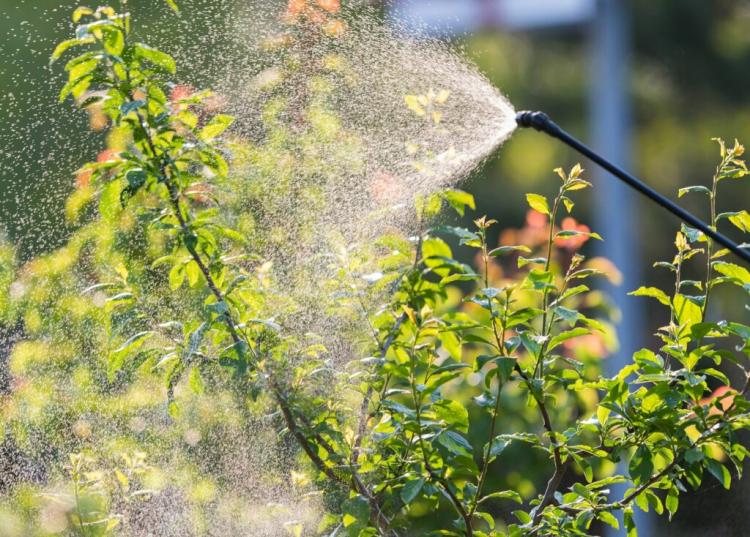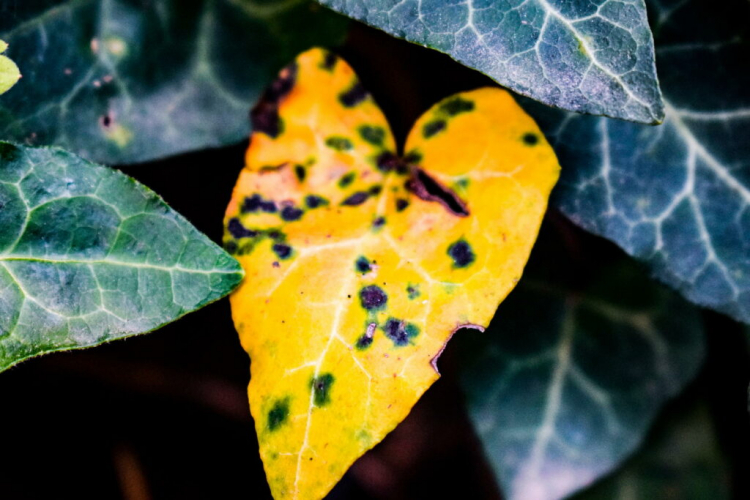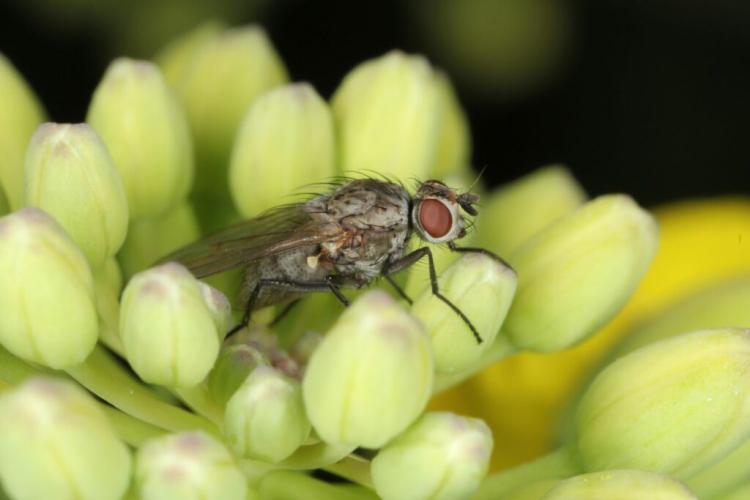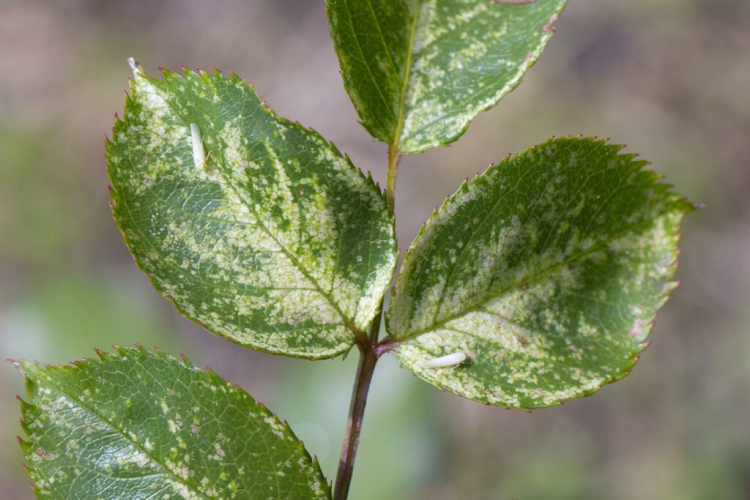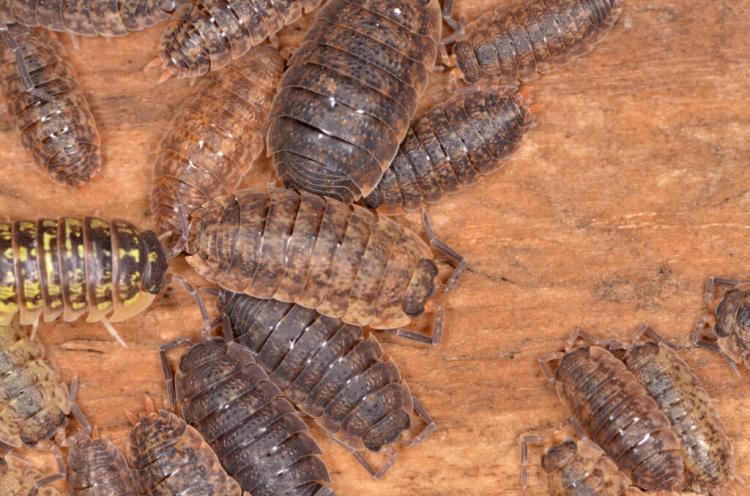Bacillus Thuringiensis: Useful In Biological Crop Protection
Bacillus thuringiensis as a miracle weapon against mosquitoes, boxwood moths, and potato beetles – and that biologically? We’ll enlighten you.
The bacterium Bacillus thuringiensis is popular both in organic farming and among hobby gardeners because it forms the active ingredient in very environmentally friendly insecticides. Because his name is not particularly trustworthy and it is better to stay away from bacilli, we will explain you in detail in this article.
Bacillus thuringiensis
Table of Contents
We explain what Bacillus thuringiensis is exactly, how it works and in which preparations it is contained. Then we go into the use against the box tree moth, which is important for many hobby gardeners, and clarify whether the bacterium can also damage other organisms or even humans.
What exactly is Bacillus thuringiensis?
The bacterium with the name Bacillus thuringiensis (Bt) is an air-breathing soil bacterium that is ubiquitous, i.e. ubiquitous worldwide. When a Japanese scientist discovered a silkworm inside in 1901, he named it Bacillus sotto. In 1911, a German scientist also isolated such a bacterium from the sick caterpillar of a flour moth. Because this caterpillar came from a mill in Thuringia, he named his discovery Bacillus thuringiensis – a name that still exists today. Since then, various subspecies and strains have been described and researched around the world. Some subspecies have a very useful property for humans: they parasitize and kill insect larvae.
How does Bacillus thuringiensis work?
- The bacterium is taken up by a feeding insect larva through the mouth opening.
- In the intestines of the larva, it forms spores to multiply. At the same time, crystalline toxins are formed, which in their initial form do not affect.
- If there is a suitable pH value in the intestine of the insect larva, the toxins are dissolved. They are then broken down by digestive enzymes in the larva and thus activated.
- The toxin now binds to suitable receptors on the intestinal wall of the larva. This is opened and destroyed.
- The larva dies at the same time from the destruction of its intestinal tract and from blood poisoning, which is caused by metabolic toxins from the germinating bacterial spores in the body cavity.
So it is easy to imagine that Bacillus thuringiensis can be used in insecticides and biocides.
Note on Bt maize and Bt soy: Behind the title as Bt maize or Bt soy there is a modification of the plant genes. A bacterial gene has been added to these maize and soy varieties, with the help of which the plant itself produces the crystalline toxin and stores it in its leaves. If a suitable harmful caterpillar eats the Bt plants, it will be killed.

Bacillus thuringiensis preparations
Four subspecies of Bacillus thuringiensis have so far been approved in plant protection products in Germany.
| Bacteria subspecies | Affected insects |
|---|---|
| Bt kurstaki (Btk) | Certain butterflies (order Lepidoptera, excluding Noctuidae ) |
| Bt aizawai (Bta) | Certain butterflies (orders Lepidoptera, also Noctuidae ) |
| Bt Israelis (Bti) | Two-winged species, including mosquitoes and mosquitoes |
| Bt tenebionis (But) | Leaf beetles, e.g. Colorado potato beetles |
Advantages of Bt supplements
Plant protection products that use Bacillus thuringiensis as an active ingredient are particularly popular in organic farming and can be used there in many ways. Some preparations are also approved for use in the hobby garden, such as our Plantura Zünslerfrei XenTari®. The advantages of Bt supplements are as follows:
- Unlike synthetic pesticides, they can be used frequently
- They hardly pose any dangers for the user – only in individual cases do skin and/or eye reactions occur
- On the part of the target organisms, hardly any resistance is observed, even with frequent use
- Organisms that do not target organisms are not affected at all or only marginally
Note: Bt products tend to have to be applied more often, as their effect due to UV radiation and precipitation decreases over time. Even if a new generation of pests grows up, a new application is necessary.

Application of Bacillus thuringiensis
Bacillus thuringiensis is sold as a dry powder that contains inactive persistent forms. When mixed with water, the bacteria come back to life. They can then be applied with a conventional spray device or – in the case of Bt Israelis against mosquitoes – poured into rain barrels or ponds. The effective, safe, and environmentally friendly use and dosage can be found in the package insert for the product in each case.
It is important that Bt preparations only show a good effect at temperatures above 15 ° C. Only then are beetle, butterfly, and mosquito larvae sufficiently active and ingest the bacterium in sufficient quantities through feeding. When it comes to storage, it should be noted that Bt preparations can only be kept for two to three years. Opened packs can only be used for a few months, so it is worth buying products with sachets.
Bacillus thuringiensis against the box tree moth
Bacillus thuringiensis aizawai is effective against free-eating caterpillars such as the boxwood moth (Cydalima perspectalis ), frost moth (Operophtera brumata ), cabbage white butterfly (Pieris brassicae; P. rapae ), cabbage borer (Evergestis forficalis), and the oak processional moth. The subspecies of the bacterium is the basis of our Gardender borer-free. With this you can fight the box tree moth biologically – completely without chemicals – and do not have to resort to agents that can harm various insects in our environment unspecifically. You can find out how to use it, when and how often our Gardender can and may be injected in our special article. You can also find general information on combating the box tree moth here.
Tip: If you are not sure whether your boxwood ( Buxus ) is infested with the boxwood moth, you can find out here how to recognize the moth.
Bacillus thuringiensis: effects on other organisms
The subspecies used by humans are highly specialized organisms that can therefore be used specifically to combat pests. Only when the bacterium is ingested by the appropriate insect larva will the crystalline toxins match with the host’s digestive enzymes and receptors. On all other organisms that ingest Bacillus thuringiensis, its toxins have little or no effect. For this reason, there is also no endangerment for bees or other pollinating insects. In general, however, all Bt preparations must of course be handled just as carefully as any other pesticide.
Can Bacillus thuringiensis harm humans?
Even if humans and insect larvae do not have much in common, Bacillus thuringiensis occurs everywhere in our environment and the subspecies used as pesticides can only do something with the larvae of very specific groups of insects, the effect of Bt preparations on humans has been examined in studies. The result was that the vast majority of test subjects showed no reaction when they were massively exposed to Bacillus thuringiensis.
You might so like:
